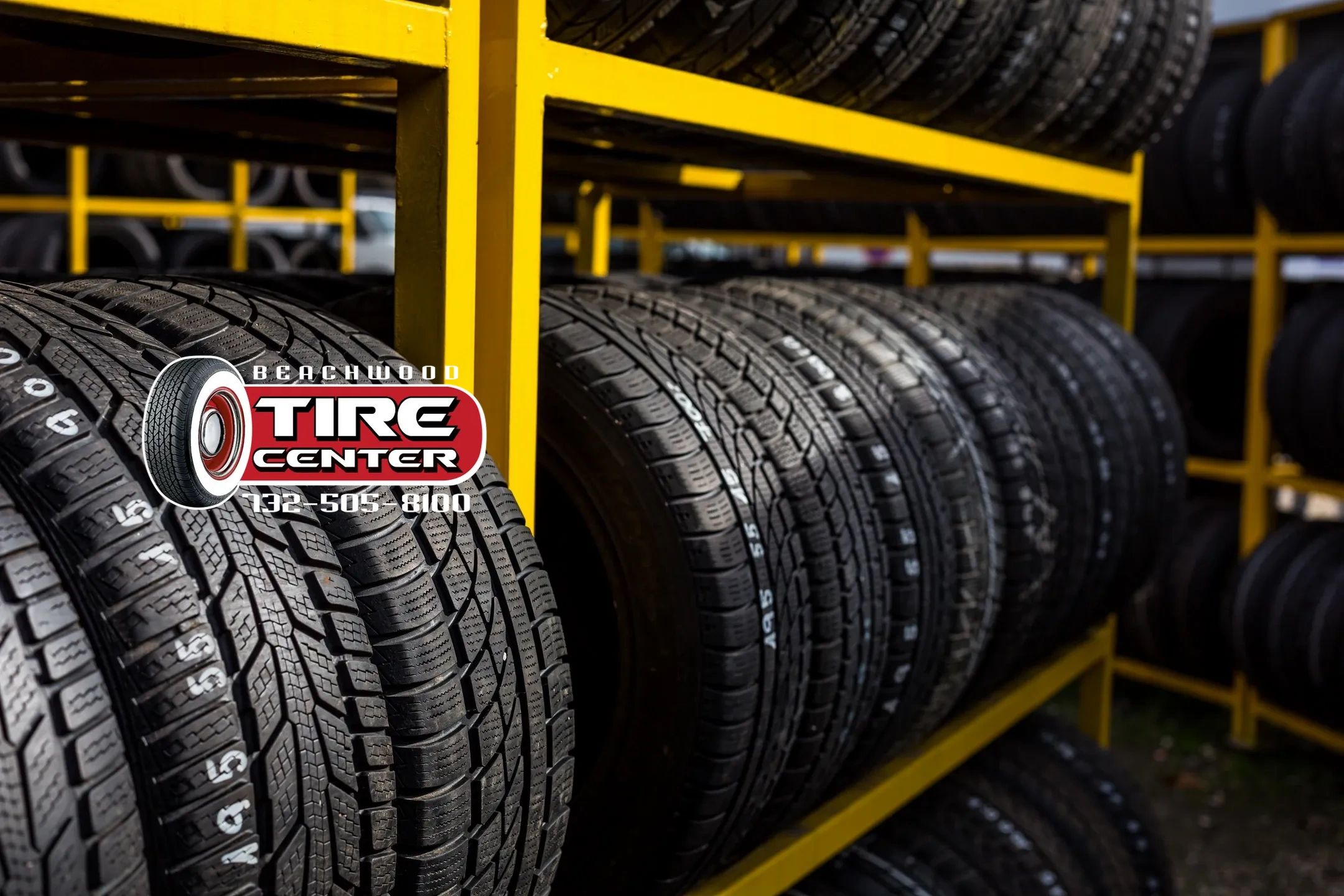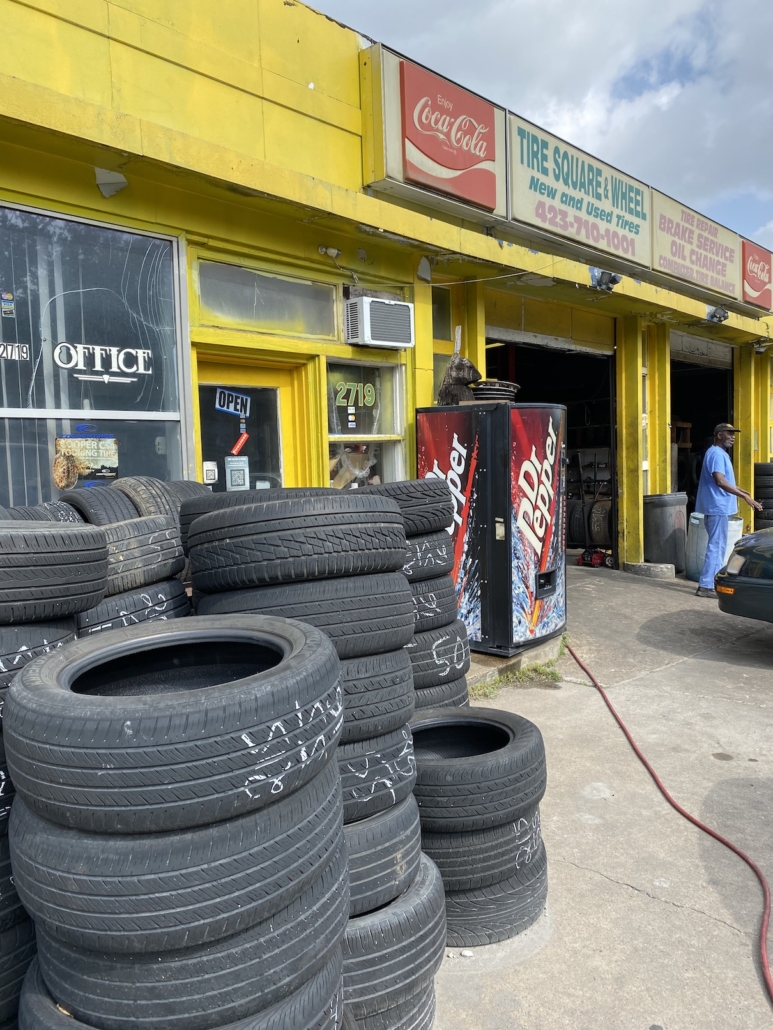Browse Securely with Tire Tracks Morris IL: Premier Tire Shop Near Me
Browse Securely with Tire Tracks Morris IL: Premier Tire Shop Near Me
Blog Article
The Scientific Research Behind Tire Repair Work and Safety And Security
When it concerns the elaborate globe of tire upkeep and safety, there exists a world of scientific research that frequently stays hidden by the average chauffeur - tire shop near me. The products that compose a tire, the effect of tire stress on overall safety, the implications of tread wear, the elaborate dynamics of tire grip, and the often-overlooked significance of proper wheel alignment all play crucial duties in making certain a vehicle runs securely and successfully. As we browse with the complexities of tire repair work and safety and security, it ends up being obvious that a much deeper understanding of these clinical principles is not just beneficial but essential for every single vehicle driver on the roadway
Tire Structure and Performance
What products comprise the composition of tires, and just how do these components contribute to their capability when driving? Tires are complex products, usually made from a mix of rubber substances, fabric, steel cords, and other chemical additives. One of the most common sort of rubber used in tires is artificial rubber, which uses sturdiness and resistance to tear and use. The material layers, typically constructed from rayon, nylon, or polyester, offer toughness and security to the tire framework. Steel cords are incorporated to boost the tire's toughness and help it keep its shape under various road problems.
The make-up of tires plays a crucial function in their functionality when driving - morris tire. The rubber compounds supply grasp and grip, enabling the tire to stick to the roadway surface and give security during acceleration, stopping, and cornering. The textile and steel layers add to the tire's capability to withstand pressure, keep its form, and support the vehicle's weight. Generally, the mindful choice and combination of these materials guarantee that tires can perform properly and securely on different road surfaces and problems.
Influence of Tire Pressure on Security
Maintaining correct tire pressure is necessary for making sure optimum security and efficiency while driving. The effect of tire stress on safety can not be overstated. Underinflated tires are vulnerable to overheating, which can bring about tire blowouts, especially at high speeds. In addition, low tire pressure influences the handling and responsiveness of the vehicle, enhancing the risk of mishaps, especially throughout emergency situation maneuvers. On the various other hand, overinflated tires have much less call with the road surface, reducing grip and creating unequal endure the tire treads. This compromises the car's security and stopping efficiency, posing a considerable safety and security threat. Properly inflated tires likewise play a crucial function in gas performance, as underinflated tires can increase rolling resistance, causing decreased gas mileage. On a regular basis examining and keeping the right tire stress not just makes sure safety but additionally expands the life expectancy of the tires, conserving on substitute costs in the future.
Tread Wear and Its Ramifications
Appropriate surveillance of tire step wear is essential for guaranteeing optimum efficiency and safety on the road. As tires wear down, the depth of the tread decreases, lowering the tire's capacity to keep traction, specifically in slippery or damp problems. The step pattern and depth play a vital function in channeling water away from the tire to avoid hydroplaning and preserving hold when driving surface area.
Unequal wear might suggest issues with tire placement, inflation, or suspension elements. Use signs are developed right into the tire tread and end up being visible when the walk depth reaches a specific low point, indicating the requirement for instant substitute.

Understanding Tire Traction Dynamics
Keeping track of tire tread wear not just makes certain optimal efficiency and safety but additionally straight influences the traction dynamics of the tires on various road surface areas. Tire traction is a critical element of car handling and safety and security, as it establishes the hold in between the tires and the road. Traction characteristics differ depending upon roadway problems such as dry sidewalk, wet roadways, snow, or ice.

Comprehending tire grip characteristics is crucial for drivers to adapt their driving actions according to the road conditions. tire shop near me. discover this info here Regularly checking tire tread depth and condition can considerably boost traction performance, guaranteeing safer driving experiences throughout different surface areas
Significance of Appropriate Wheel Placement
Making certain proper wheel placement plays a crucial role in maximizing vehicle efficiency and prolonging tire durability. Proper wheel alignment includes readjusting the angles of the wheels to producer specifications, making sure that they are perpendicular to the ground and parallel to each other. When placement is off, it can bring about irregular tire wear, reduced gas performance, and compromised handling.
Among the key advantages of keeping appropriate wheel placement is boosted managing and security. Misaligned wheels can cause the vehicle to pull to one side, affecting guiding control and total driving experience. In addition, right placement promotes even tire wear, avoiding premature tire substitute and saving money on maintenance expenses over time.

Verdict
Finally, the scientific research behind tire repair service and safety is critical for keeping car performance and ensuring vehicle driver safety and security. By understanding tire make-up, stress, step wear, traction characteristics, and wheel placement, motorists can protect against mishaps and lengthen the life-span of their tires. Proper upkeep and routine examinations are necessary for ideal this post tire performance and overall vehicle safety and security. By complying with these standards, drivers can drive confidently recognizing that their tires are in good condition.
The products that compose a tire, the effect of tire stress on total safety, the ramifications of step wear, the detailed dynamics of tire traction, and the often-overlooked importance of proper wheel alignment all play crucial functions in making certain a car runs securely and effectively. On the various other hand, overinflated tires have less contact with the road surface area, reducing traction and causing uneven wear on the tire treads. Regularly checking and preserving the appropriate tire pressure not just ensures safety and security but likewise extends the life expectancy of the tires, saving on substitute costs in the long run.
Keeping an eye on tire walk wear not just guarantees ideal performance and safety and security but additionally straight influences the traction characteristics of the tires on different roadway surface areas. Tire grip is an important facet of automobile handling and security, as it identifies the hold between the tires and the roadway.
Report this page